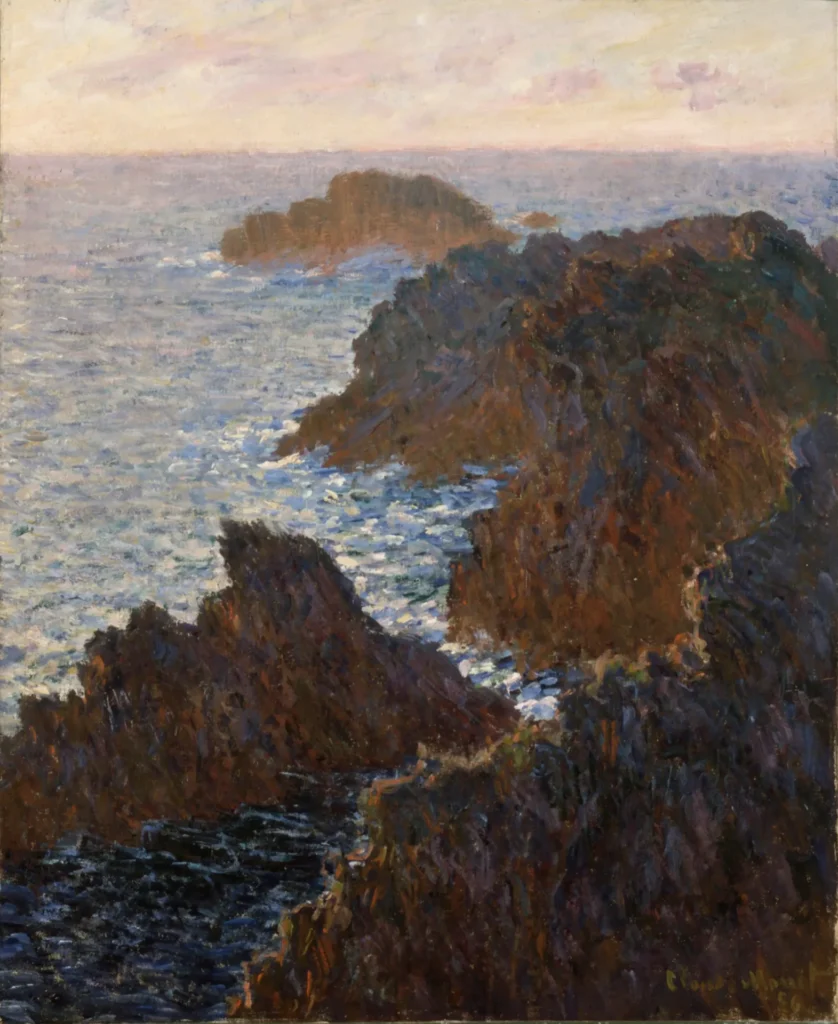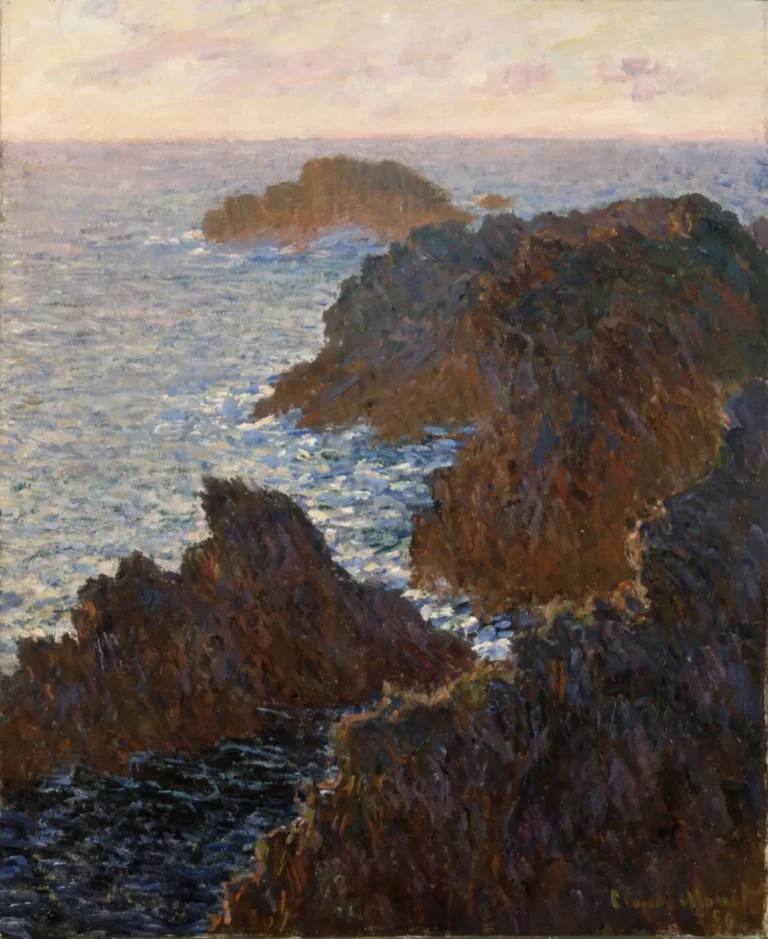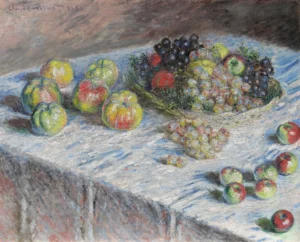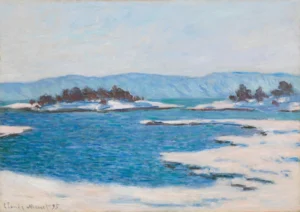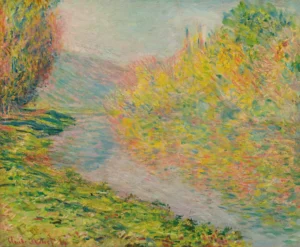Rocks at Belle-Isle, Port-Domois (1886)
Created during his stay in 1886 on the picturesque Belle-Île, Claude Monet's 'Rocks at Belle-Île, Port-Domois' is a prime example of his Impressionist style. This stunning painting portrays the dramatic, wave-battered rocks of the island, using innovative brushwork and color palettes that highlight natural light and shadow. The restoration of the painting has revealed its original moody hues, reaffirming its importance within Monet's oeuvre and the Impressionist movement.
Year 1886
About the Artwork
Monet's time on Belle-Île was a turning point for his artistic journey. The powerful scenery of the Atlantic, with its wild, dramatic coastlines, inspired Monet to explore new approaches to color and form. He captured the essence of the sea and rocks through his characteristic quick brushstrokes and vibrant tones, translating the ephemeral nature of the landscape into a work of art that speaks to both movement and stillness. Over the years, this artwork has undergone conservation that restored its original splendor, allowing viewers to experience its true impact as intended by Monet. Today, it stands as a testament to his exploration of light, color, and the natural world.
Did You Know
Belle-Île, a picturesque island off the coast of Brittany, was a significant location for several Impressionist painters, including Claude Monet who found inspiration in its rugged shorelines and dynamic seascapes during his visits.
Monet’s use of unique brushstrokes in ‘Rocks at Belle-Île’ allowed him to convey feelings of motion and light, pushing the boundaries of traditional painting. His technique has influenced countless artists who followed in the Impressionist movement.
The restoration of ‘Rocks at Belle-Île’ has unveiled a cooler and mistier quality that Monet originally intended, emphasizing his masterful handling of color and light. This careful conservation has reinvigorated the painting’s impressionistic essence, allowing contemporary audiences to appreciate its beauty authentically.




